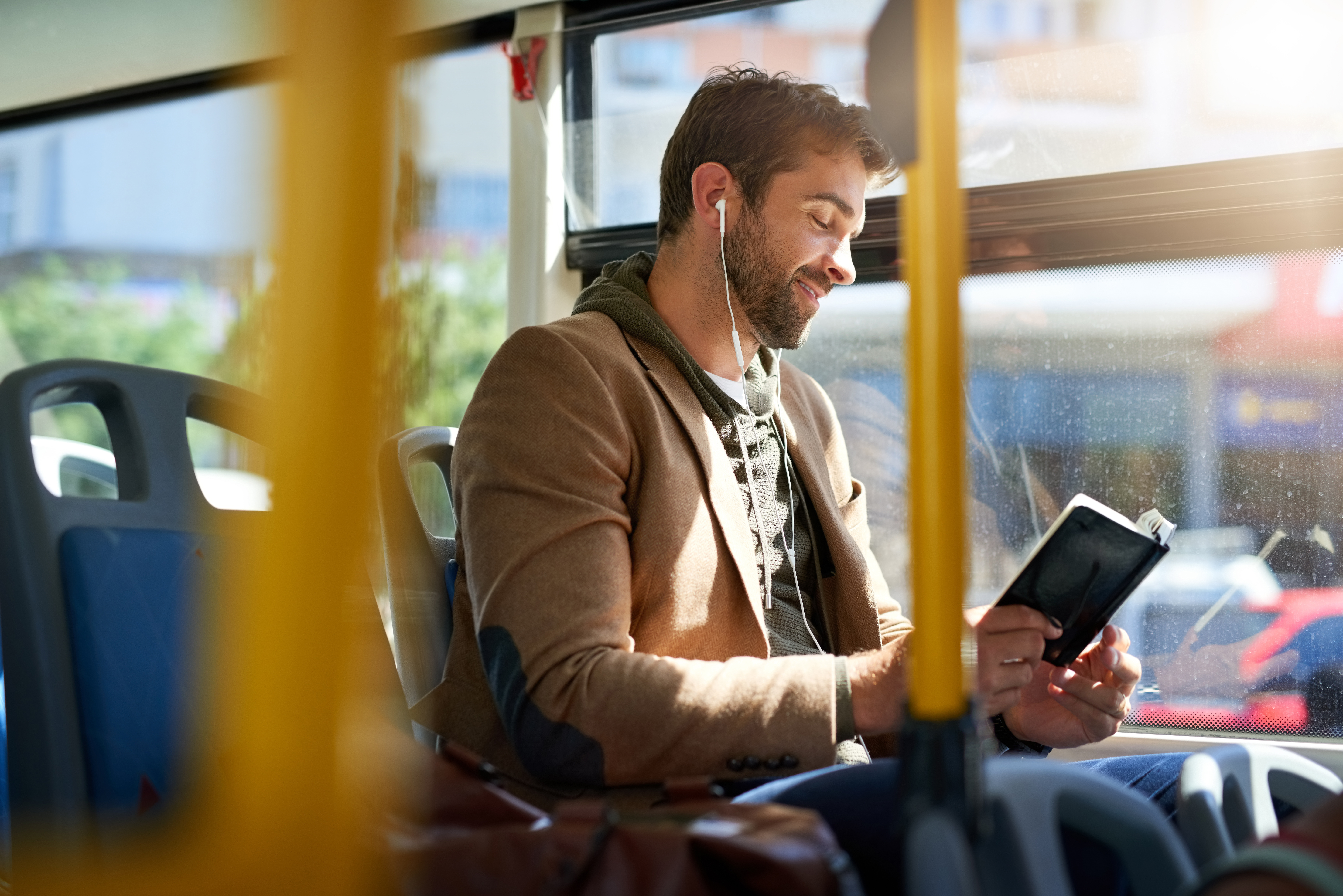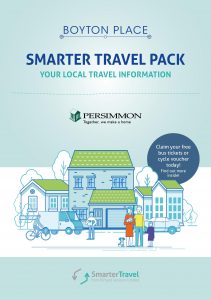
We wanted to highlight 5 important reasons why YOU should incorporate sustainable travel into your everyday life. What we find is; it’s good for you and good for your community. Here are the 5 reasons:
- Environmental impact
- Health benefits
- Financial savings
- Community engagement
- Future impact
Environmental impact
Reducing single occupancy car use helps to lower greenhouse gas emissions and air pollution, contributing to a more sustainable environment.
The transportation sector is a significant contributor to global greenhouse gas emissions, and single occupancy vehicles are a major contributor to this problem, producing approximately 180g of CO2 per kilometre. These pollutants released into the atmosphere are largely contributing to climate change and air pollution.
By reducing single occupancy vehicle use and incorporating sustainable travel options, individuals can help to lower their personal carbon footprint and contribute to a cleaner environment. In addition, relying less on cars and more on sustainable modes of transportation can help to reduce the demand for fossil fuels, which are finite resources that contribute to global warming when burned. Making the switch to sustainable travel options can help to create a more environmentally friendly future for all.
Health benefits
Incorporating sustainable travel such as walking, cycling, or using public transportation into daily life can lead to improved physical and mental health. Walking and cycling can help to improve cardiovascular health, strengthen muscles and bones, and reduce the risk of chronic diseases such as obesity, diabetes, and heart disease; whilst also leading to improved mental health, reducing stress, anxiety, and depression.
Although not as ‘physical’ as active travel, using public transportation, can also provide health benefits. Firstly, public transport often can’t take you door to do, therefore having to include walking into your journey.
Not having to worry about driving and parking, (which can be stressful and time-consuming) is better for both our mental and physical health; repeated stress can lead to high blood pressure, which may lead to heart disease or strokes.
Financial savings

Reliance on single occupancy vehicles often leads to high running costs, including fuel, maintenance, and insurance. Owning and operating a car requires a significant investment of money and ongoing expenses such as fuel, oil changes, tyre changes, and insurance. In contrast, using sustainable travel options such as public transportation, walking, or cycling can be a much more cost-effective way to get around.
There are also small indirect costs that can start to add up such as parking fees, tolls, and the cost of congestion. By reducing the use of single occupancy vehicles, individuals can avoid these additional costs and reduce their overall transportation expenses.
Investing in sustainable travel options such as a bicycle or a bus/train pass may be an intimidating upfront cost but is likely to be a smart financial decision in the long-term. Not only can it lead to lower daily expenses, but it can also help individuals save money on health care costs by promoting a healthier lifestyle.
Community engagement
Using sustainable travel options, such as public transportation, can create opportunities for social interaction and community engagement, which is great, especially when you’re new to the area. Public transportation provides a shared space for individuals to come together and interact with one another, promoting a sense of community. It also provides opportunities to connect with people from different walks of life, promoting cultural understanding and diversity.
Whereas driving a single occupancy vehicle can be quite lonely, often involving long periods of time alone in a vehicle. By incorporating sustainable travel options into daily life, individuals have the opportunity to break out of their isolated routines and connect with others in their communities.
Using sustainable travel options can also support local businesses and promote walkable, liveable communities. Walking and cycling can help to create a more pedestrian-friendly environment, encouraging the development of local shops, restaurants, and other amenities that support community engagement and interaction. The idea of liveable communities has already began to come to fruition, in forms of Low Traffic Neighbourhoods (LTNs), which are gaining popularity and providing positive results.
Future impact
Making a personal commitment to reducing single occupancy car use and incorporating sustainable travel sets a positive example for future generations and helps to create a more sustainable future for all. The choices that individuals make today can have a significant impact on the future and reducing single occupancy car use is a key step towards creating a more sustainable future.
Incorporating sustainable travel into daily life can also help to create demand for more sustainable transportation infrastructure, such as cycle lanes, pedestrian walkways, and public transportation systems. This can lead to the development of more sustainable communities, where walking, cycling, and public transportation are safe and accessible modes of transportation for everyone.
Overall,
making a personal commitment to reducing single occupancy car use and incorporating sustainable travel is an important step towards creating a more sustainable future for all. It sets a positive example for future generations and helps to create a more liveable, healthy, and environmentally friendly world.
Where to start?
To help you get started, here are some great apps and websites to download:
Public transport is a great step towards becoming more sustainable; active travel is even better! See how you can use Active Travel in your everyday travels.



